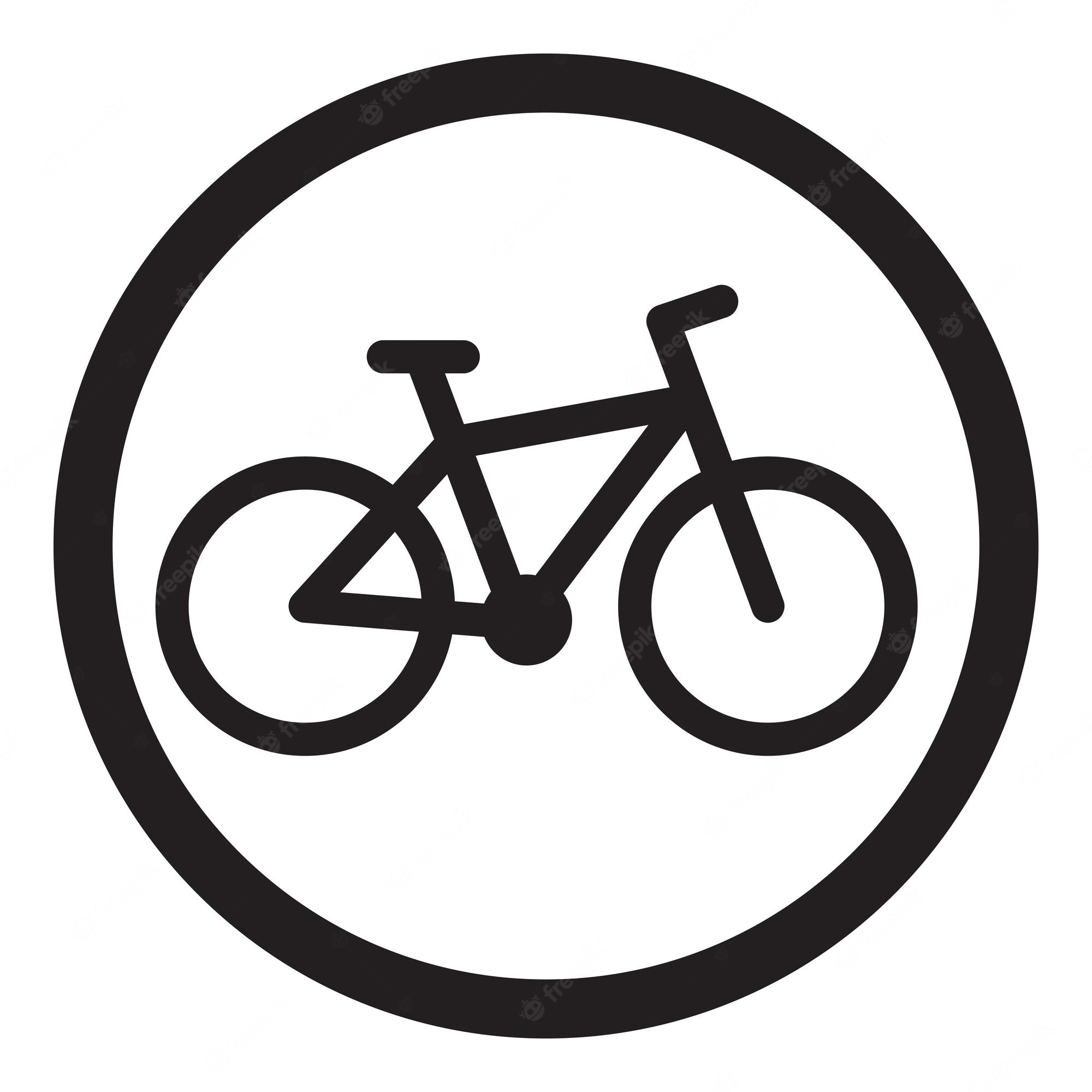Your worst still friendly friend
- 1.37K Posts
- 412 Comments

 3·1 day ago
3·1 day agoNice bike !
Studying mathematics is a difficult but also rewarding activity. This requires having a positive relationship with the effort. By analogy we could compare this to sport. To give up practicing mathematics because it is difficult is equivalent to giving up sport because it tires.
For those interested in the education of mathematics, I would recommend this book by mathematician David Bessis.
Mathematica: A Secret World of Intuition and… by David Bessis

 2·18 days ago
2·18 days agoMerci !

 2·18 days ago
2·18 days agoTrès intéressant, question bête Yekrik Yekrak ça veut dire quoi ?

 2·20 days ago
2·20 days agoNice

 7·22 days ago
7·22 days agoUne loi pour lutter contre les déserts médicaux mais qui représenterait un “danger”
Les quatre organisations partagent une conviction : “la coercition n’est pas une solution !”, écrivent-elles dans leur communiqué du 8 avril.
Alors que la loi doit lutter contre les déserts médicaux, les étudiants en médecine s’opposent à cette contrainte, qui représente, selon eux, “un triple danger” :
-
"dans la lutte contre les déserts médicaux, à l’heure où le problème n’est pas la répartition des médecins sur le territoire [mais] le nombre ;
-
pour les patients et le système de santé, alors que plus de 4.580 communes ne pourraient plus accueillir de médecins supplémentaires, quand bien même ces territoires manqueraient cruellement de médecins [sans être reconnus comme déserts médicaux] ;
-
pour l’attractivité de la médecine ambulatoire, à l’heure où d’autres modalités d’exercices prospèrent et éloignent les jeunes médecins de la médecine ambulatoire."
Que propose le projet de loi Garot ?
La proposition de loi transpartisane du député socialiste Guillaume Garot a été déposée le 13 février à l’Assemblée nationale.
Son article 1 vise à “flécher l’installation des médecins – généralistes et spécialistes – vers les zones où l’offre de soins est insuffisante”. Pour les zones mieux dotées, l’autorisation ne serait délivrée par l’ARS qu’en cas de départ d’un professionnel de la même spécialité.
Par ailleurs, l’article 3 prévoit la mise en place d’une première année d’accès aux études de santé dans chaque département. Une mesure qui semble utile sur le fond, puisque les médecins s’installent de préférence là où ils ont grandi et là où ils ont étudié. Mais France Universités et les doyens de médecine estiment cette mesure “irréalisable sans moyens adaptés”.
Quant à l’article 4, il “rétablit l’obligation de permanence des soins” ambulatoires et obligerait les médecins à participer à l’activité qui permet la continuité de l’accès aux soins, hors des heures d’ouverture des cabinets médicaux. Une proposition qui rencontre également une forte opposition.
-
 4·22 days ago
4·22 days agoCross-sectional survey to investigate bicycle riders’ knowledge and experience of structural weakness in bicycles in Australia
http://orcid.org/0000-0002-1814-0357Julie Hatfield1, http://orcid.org/0000-0002-5686-1729Soufiane Boufous1, Andrew Roman Novak2 Correspondence to Dr Julie Hatfield; [email protected]Abstract
Background Structural weakness may occur within bicycles (eg, during manufacture or impact) and may result in sudden failure and serious injuries. While some indicators of structural weakness may be detected by visual inspection, others require more advanced non-destructive tests. Available research is yet to adequately examine bicycle riders’ awareness and experience of the structural weakness in bicycles, or their knowledge and use of testing methods.
Methods An online cross-section survey of 298 bicycle riders was conducted to address these knowledge gaps.
Results 11.4% of respondents had experienced at least one crash that they suspected was due partly to structural weakness, with just over half resulting in injury and just under half involving costs greater than $A500. About 25% of respondents had a component replaced because of ‘failure during normal use’. More than one third did not think it was necessary to test for indicators or weaknesses when buying a used bicycle, or after a crash. Testing was most likely following motor vehicle collisions and for bicycles with carbon components. Visual inspection was the most reported form of testing and only 42% of respondents reported being aware of any non-destructive methods of testing.
Discussion and conclusions 11.4% of respondents had experienced at least one crash that they suspected was due partly to structural weakness, with just over half resulting in injury and just under half involving costs greater than $A500. About 25% of respondents had a component replaced because of ‘failure during normal use’. More than one-third did not think it was necessary to test for indicators or weaknesses when buying a used bicycle or after a crash. Testing was most likely following motor vehicle collisions and for bicycles with carbon components. Visual inspection was the most reported form of testing, and only 42% of respondents reported being aware of any non-destructive methods of testing.
Results suggest that structural weakness in bicycles is fairly common while awareness of the issue, and methods of testing for it, is limited. Public education about when and how to test for weakness (eg, after any crash), and improvement in production standards and quality assurance, may reduce injuries due to bicycle failure.

 6·23 days ago
6·23 days agoPas exactement ça mais il existe :
Le Fonds pour une Presse Libre (FPL) est un organisme à but non lucratif ayant pour objet « de défendre la liberté de l’information, le pluralisme de la presse et l’indépendance du journalisme ; contribuer à la protection du droit de savoir et de la liberté de dire à l’heure de la révolution numérique ; promouvoir un journalisme d’intérêt public, portant des valeurs humanistes, au service du bien commun et de l’égalité des droits, du rejet des discriminations et du refus des injustices » (Journal Officiel de la République française, 14 septembre 2019).
Sa création repose sur la conviction qu’à l’heure des bouleversements induits par la révolution numérique, la liberté d’informer est sous la double menace de pouvoirs économiques et/ou autoritaires. Face à la concentration accrue des médias et à la perte d’indépendance économique des rédactions, le FPL veut aider au développement d’une presse libre, c’est-à-dire sans lien de dépendance vis-à-vis des intérêts privés et des autorités étatiques.

 4·24 days ago
4·24 days agoAccording to a police summons dated Friday and seen by AFP, Chambers is accused of “insulting or showing malice towards the king, queen, heir to the throne, or regent”, as well as “introducing counterfeit computer data that could threaten national security”.
Chambers told AFP the charge stems from remarks he made during a webinar held last year in which he discussed the relationship between the Thai military and the monarchy during a question-and-answer session.

 3·25 days ago
3·25 days agoTextile and garment production accounts for about 80 percent of exports in Bangladesh and the industry has been rebuilding after it was hit hard in a student-led revolution that toppled the government last year.
US President Donald Trump hit Bangladesh with biting new tariffs of 37 percent on Wednesday, hiking duties from the previous 16 percent on cotton products.
Reports of the swift biting impact come as interim leader Muhammad Yunus pleaded with Trump to “postpone the application of US reciprocal tariff measures”, the government said in a statement.
Yunus wrote to Trump to ask for “three months to allow the interim government to smoothly implement its initiative to substantially increase US exports to Bangladesh”, the statement added.
Those products include “cotton, wheat, corn and soybean which will offer benefits to US farmers”, it read.
“Bangladesh will take all necessary actions to fully support your trade agenda,” Yunus told Trump, according to the statement.
Manufacturers said the impact had been near immediate.
Mohammad Mushfiqur Rahman, managing director of Essensor Footwear and Leather Products, said he received a letter from one of his buyers requesting a shipment halt.
“My buyer asked me to stop a shipment of leather goods – including bags, belts, and wallets – worth $300,000 on Sunday,” Rahman told AFP.

 24·26 days ago
24·26 days ago“We will follow the example of Martin Luther King, who defended civil rights,”
Facists have no limit 😂

 8·28 days ago
8·28 days agoLa technique secrète du «en même temps», comme une impression de déjà-vu.

 51·30 days ago
51·30 days agoSyrian state media said the strikes hit close to a defence research centre in Damascus, among other sites, while a war monitor reported four dead in the latest Israeli attack on Syria since Islamist-led forces ousted longtime ruler Bashar al-Assad.
“In a blatant violation of international law and Syrian sovereignty, Israeli forces launched airstrikes on five locations across the country,” the Syrian foreign ministry said in a statement on Telegram.
“This unjustified escalation is a deliberate attempt to destabilise Syria and exacerbate the suffering of its people.”
It said the strikes resulted in the “near-total destruction” of a military airport in central Syrian province Hama, injuring dozens of civilians and soldiers.
Syria’s SANA news agency reported a strike that “targeted the vicinity of the scientific research building” in Damascus’s northern Barzeh neighbourhood, and a raid in the vicinity of Hama, without specifying what was hit.

 3·1 month ago
3·1 month agoQuite agree with point number 1, moreover the fact that those you re following boost everything they like tends to cause a kind of “spam”, I think developers should dissociate the Boost button from the “Like” button.

 4·1 month ago
4·1 month agoC’est nous qu’on sait : le RN - La Chronique de Yann Guillarme dans “La riposte”

 8·1 month ago
8·1 month agoAmericanSwedish History X

 2·1 month ago
2·1 month agoAn estimated 90,000 abortions are performed annually in Sierra Leone, a country of more than 8 million people, according to research by the African Population and Health Research Center. About 10% of the country’s maternal deaths — affecting 717 of every 100,000 births — are due to unsafe abortions, the center said.
Health workers say the true number is likely much higher.
Due to cost and stigma, many women and girls resort to unsafe methods like expired medication, laundry detergent, hangers or sharp instruments.





















J’en suis qu’à la moitié mais excellente émission !